Septic System Cleaning and Pumping!
SEPTIC CLEANING & PUMPING
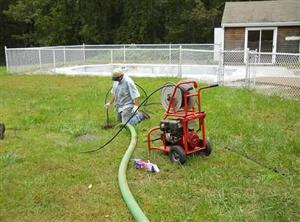 Part of any good Preventative Maintenance Program is to ensure that your septic system is properly cleaned and is pumped on a regular basis. It is important to know the facts about septic cleaning and pumping to avoid making costly mistakes.
Part of any good Preventative Maintenance Program is to ensure that your septic system is properly cleaned and is pumped on a regular basis. It is important to know the facts about septic cleaning and pumping to avoid making costly mistakes.
SEPTIC CLEANING
Getting your tanks cleaned on a regular basis, will help to improve the efficiency of your septic system and keep it running smooth. It is important to select your service provider carefully to ensure that you get quality work. Be sure that when comparing prices that you compare apples to apples. Some differences that may effect cost are the size of the tank, how deep the covers are buried, and if there is a filter to clean.
All-Clear takes pride in the work that we do, utilizing specialized equipment to locate specific areas of your system, such as a sewer camera that is used to investigate the inside of your sewer lines, and jetting equipment to clean the pipes within the leach field.
![]()
SEPTIC PUMPING
 Some pumping services will tell you that you need to get your septic system pumped every 6 months or on an annual basis. The truth is that a properly maintained septic system should only be pumped based on the accumulation of sludge an scum, which is typically every 2-5 years. Pumping too frequently is costly and removes the “good” bacteria that keep the system running smoothly.
Some pumping services will tell you that you need to get your septic system pumped every 6 months or on an annual basis. The truth is that a properly maintained septic system should only be pumped based on the accumulation of sludge an scum, which is typically every 2-5 years. Pumping too frequently is costly and removes the “good” bacteria that keep the system running smoothly.
If you would like a system evaluation and to know how often you should be pumping, give All-Clear a call for an evaluation and to set up quick and easy pumping arrangements.
![]()
OUR GOAL: CLEANER AND MORE EFFICIENT SEPTIC SYSTEMS
All-Clear can get you started on the road to a healthier septic system for your residential or commercial property through our Preventative Maintenance Program. We are so confident in the services offered through this program that we offer a unique “Pass or It’s FREE Guarantee” on Title 5 Inspections to all of our customers that are in the Preventative Maintenance Program and have followed up with all of our recommendations. We also provide a 50% discount off of all Title 5 Inspections for our up-to-date Preventative Maintenance Program customers. Call us today at 508-763-4431 to get more information about our programs and services.
Visit www.allclearseptic.com for everything you need to know about your septic system.
This blog was posted on www.allclearseptic.com on September 9, 2015.

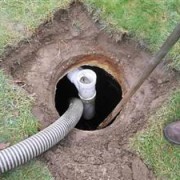
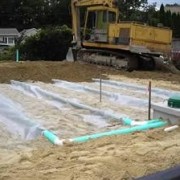
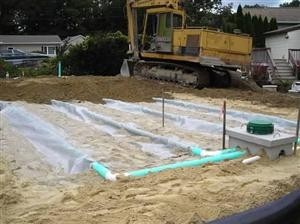 septic tank? Does your new system require a pumping system? How does a septic pumping system work? All-Clear Septic & Wastewater Services has put together this basic information to answer your questions.
septic tank? Does your new system require a pumping system? How does a septic pumping system work? All-Clear Septic & Wastewater Services has put together this basic information to answer your questions.